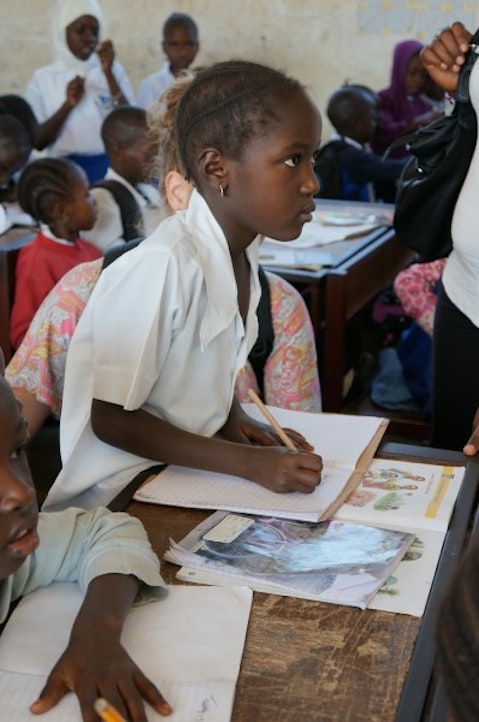You probably wouldn’t complain about your school as much as if you were born in one of the 11 least educated countries in the world. In fact, you probably wouldn’t even go to school, statistically speaking. This is even more true for women. Traditionally, in these countries women are still discriminated on many levels, education being one of the most visible and most damaging in the long run. Unfortunately, this problem isn’t limited to just least educated countries in the world.
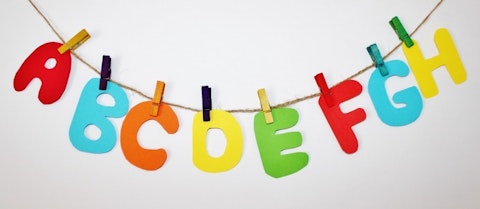
We saw which the 14 most educated countries in the world are in our previous list. These are highly developed countries, with the high standard of living and easily accessible educational institutions. They were ranked by the percentage of the people who finished tertiary education. Countries on our list, however, are quite the opposite. Some of them have been ravaged by wars, some had troubles adapting to post-colonial period and some endured prolonged periods of corrupt politician’s rule that didn’t care about the education. That is why we ranked them according to the most basic criterion, literacy rate. Having a literacy rate far below the world average, which is 84.1%, is a sure sign that the education system is subpar and that it needs immediate attention. Unfortunately, there are several factors that can hamper this much-needed reforms. Lack of funding is usually number one reason why some countries can’t improve their school. Lack of teachers is another, equally crippling. Given time and resources, every one of countries on our list can make definitive improvements. Some of them do, and the results are showing, but education isn’t something that can be fixed overnight.
For some countries, like Afghanistan, there are more pressing issues, like establishing peace. Until that, there isn’t much hope that education will improve in any significant measure. Let’s find out which are 11 least educated countries in the world.
11. Benin
Literacy rate: 42.4% Male: 55.2% Female: 30.3%
Until recently, parents had to pay school fees for their children to have access to even primary education. In a country as poor as Benin, this meant that not many children learned to read and write. This law has been since abolished and Benin instituted free education, which led to a dramatic increase in students’ numbers and vast improvement of the education level.
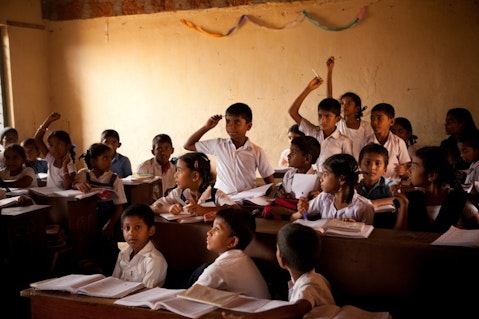
10. Guinea
Literacy rate: 41% Male: 52% Female: 30%
Barely 50% of all school-age children in Guinea attend school. Despite primary education being mandatory on paper, the government is doing little to force parents to send their kids to school. They rather keep them at home to help them with domestic and agricultural choirs.
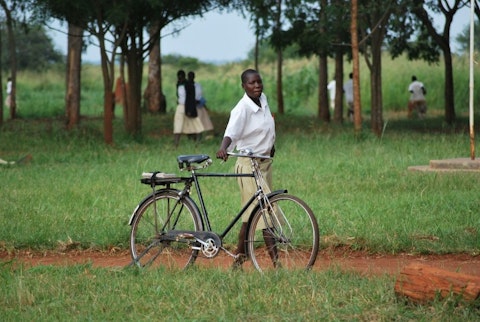
9. Senegal
Literacy rate: 39.3% Male:51.1% Female:29.2%
Senegal has modeled its education to that of their former colonial masters, French. However, since state schools don’t provide religious education, large number of parents chooses to send their children to Islamic schools.
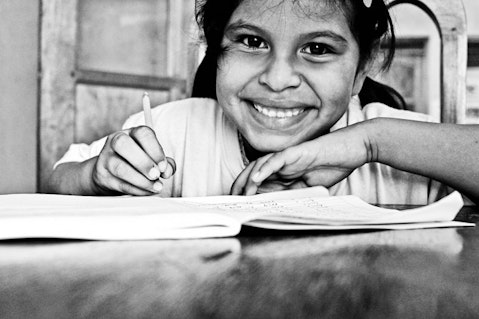
8. Ethiopia
Literacy rate: 39% Male:49.1% Female: 28.9%
A disastrous civil war that led to Eritrea becoming independent country has swallowed a large portion of Ethiopia’s budget. Education was affected as much as every other part of the society. Fortunately, the situation is improving. In 1994, some 3 million pupils were attending primary school in a country of 90 million inhabitants. In 2008, that numbers grew to 15.6 million.
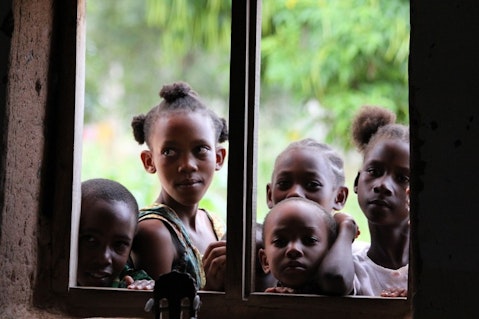
7. Chad
Literacy rate: 35.4% Male:45.6% Female: 25.4
Chad, with just 20.8 people per square mile is one of the countries with smallest population density in the world. Combined with poor funding, this has led to a very ineffective educational system, where just 39% of children age 5 to 14 attend school.
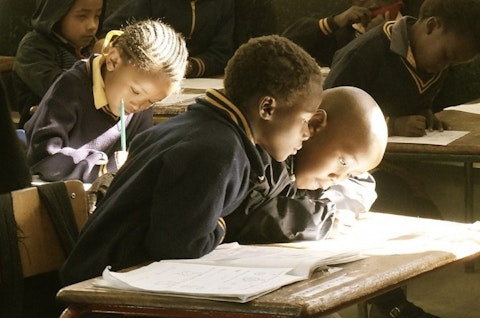
6. Sierra Leone
Literacy rate: 35.1% Male: 46.9% Female: 24.4%
The destruction of 1,270 schools during the civil war that lasted 11 years has led to 67% of children not attending school in 2002, when the war ended. Although significant money and effort were poured into reconstruction of school infrastructure, lack of teachers is still a critical problem.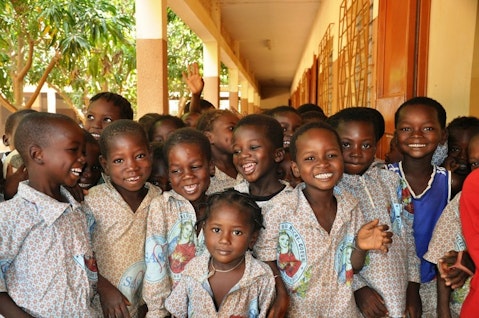
5. Niger
Literacy rate: 28.7% Male: 42.9% Female: 15.1%
Number 5 on our list of 11 least educated countries in the world is Niger. Heavily dependent on agriculture for food, parents are reluctant to send their children to school. Another problem are nomadic people that inhabit the Northern Niger, whose children lack school access.
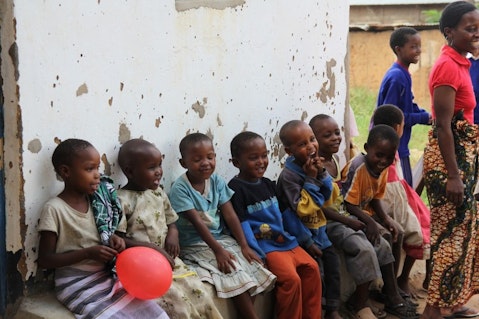
4. Burkina Faso
Literacy rate: 28.7% Male: 36.7% Female: 21.6%
Despite education being free on paper, Burkina Faso lacks money to fund free education for everyone. Parents have to pay for school supplies and in some cases, local communities have to build schools and houses for teachers. Since that financial burden can be too much for many parents, they keep their children away from schools.

3. Afghanistan
Literacy rate: 28.1% Male:43.1% Female: 12.6%
Soviet invasion of Afghanistan has triggered a war that has been ravaging the country for almost 35 year. School system has become nonexistent, but in the last decade things have finally started to improve. More than 5,000 schools have been built, with almost 100,000 teacher trained to work in them. There are still major problems to be solved, though. Afghanistan is the country with the biggest gender difference in literacy rate on our list and second only to Yemen in the world.
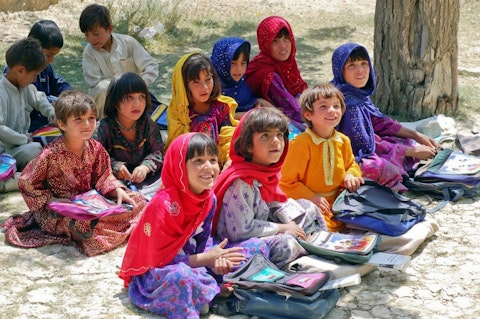
2. Mali
Literacy rate: 27.7% Male: 36.1% Female: 19.8%
Mali is another case of free education that is too expensive for a large part of the population. While there are no school fees, things like uniforms, books and school supplies cost more than many families in Mali can afford. Lack of schools and teachers in rural areas compound the problem.
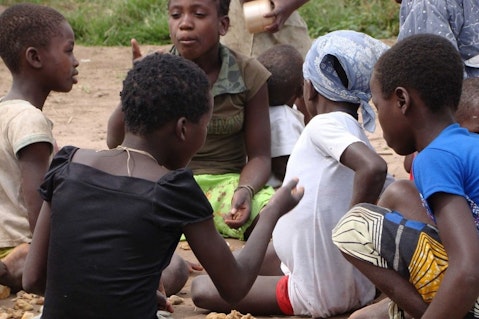
1. South Sudan
Literacy rate: 27% ; Male: 40%; Female: 16%
Number one on this list of 11 least educated countries in the world is South Sudan, the youngest country in the world. South Sudan has gained its independence in 2011 from Sudan, after a bloody civil war, which destroyed a large part of the country, including schools.
